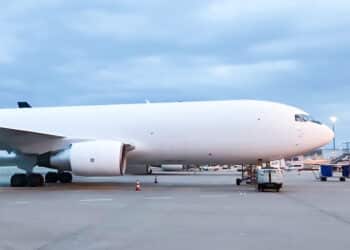Jet fuel prices finish higher, despite coronavirus, falling demand
Global oil futures rose 1% Tuesday, breaking a nearly week-long losing streak, after plummeting Monday to their lowest prices since October amid heightening fears of the deadly Wuhan coronavirus.
This morning, Brent crude and U.S. West Texas Intermediate both held at $59.85 and $53.59 per barrel, respectively, having hit a three-month low of $58.50 on Monday.
China’s demand for jet fuel rose 7.3% year on year to 898,000 b/d during this quarter last year, according to S&P Global Platts Analytics’ data. Projections, with the country’s current travel restrictions, indicate that the country could experience an overall loss in oil product consumption between 2% and 8% on the year over Jan. to Feb. this year.
The outbreak of the highly contagious respiratory virus, which has already infected more than 6,000 people and killed more than 130, has slowed global transportation and travel within China during the country’s peak Lunar New Year travel season. Several airlines across Asia, including Taiwan’s China Airlines, have suspended flights to Wuhan. In response to a significant drop in demand, United Airlines, which operates more daily flights to and from China than any other U.S. airline, will begin suspending some flights between major U.S. hubs and Beijing, Shanghai and Hong Kong beginning Feb. 1.
The drop in demand has caused industry analysts, referencing the 2003 Sudden Acute Respiratory Syndrome (SARS) virus on oil consumption, to negatively revise their 2020 growth forecasts for oil demand, with a particular focus on the impact on jet fuel.
During the SARS outbreak, which affected more than 8,000 people across 26 countries, jet fuel demand fell by 230,000 barrels per day. Brent crude fell by one-third from its peak of $35 per barrel. According to International Air Transport Association (IATA) data, at the height of the SARS outbreak, in May 2003, revenue passenger miles of “Asia-Pacific airlines dropped a staggering 35% from their pre-crisis levels.” However, monthly international passenger traffic recovered in nine months.
Total fuel consumption by commercial airlines is projected to reach around 98 billion gallons in 2020, an annual increase of about 2%. According to the US Energy Information Administration, jet fuel consumption in China totaled about 830,000 barrels per day in 2017, the last year for which this data is available.




